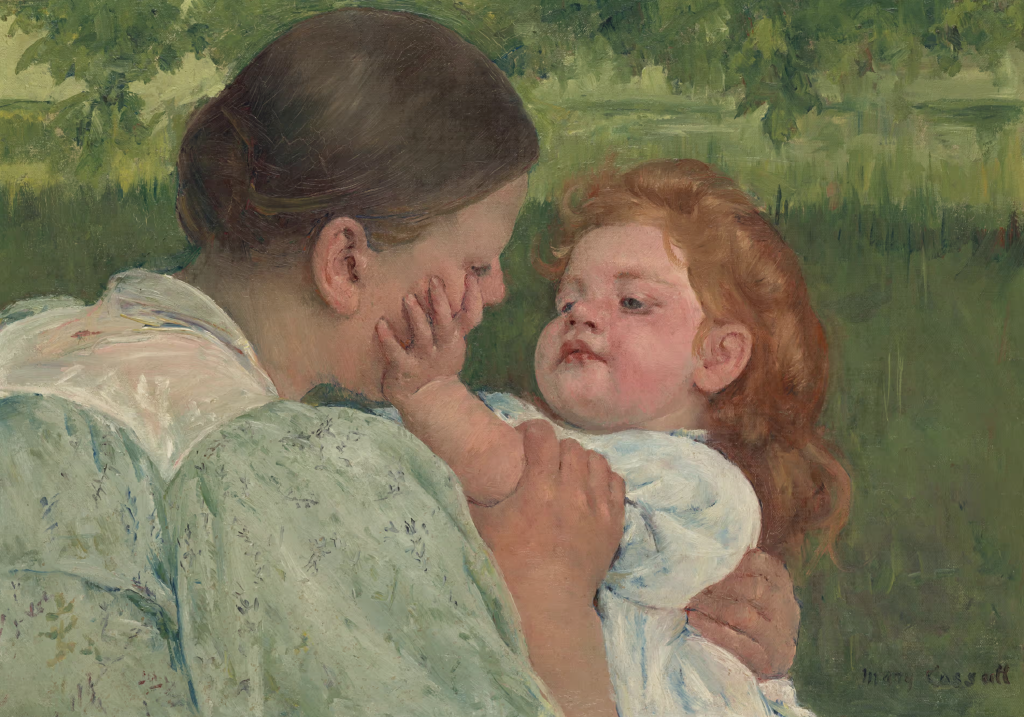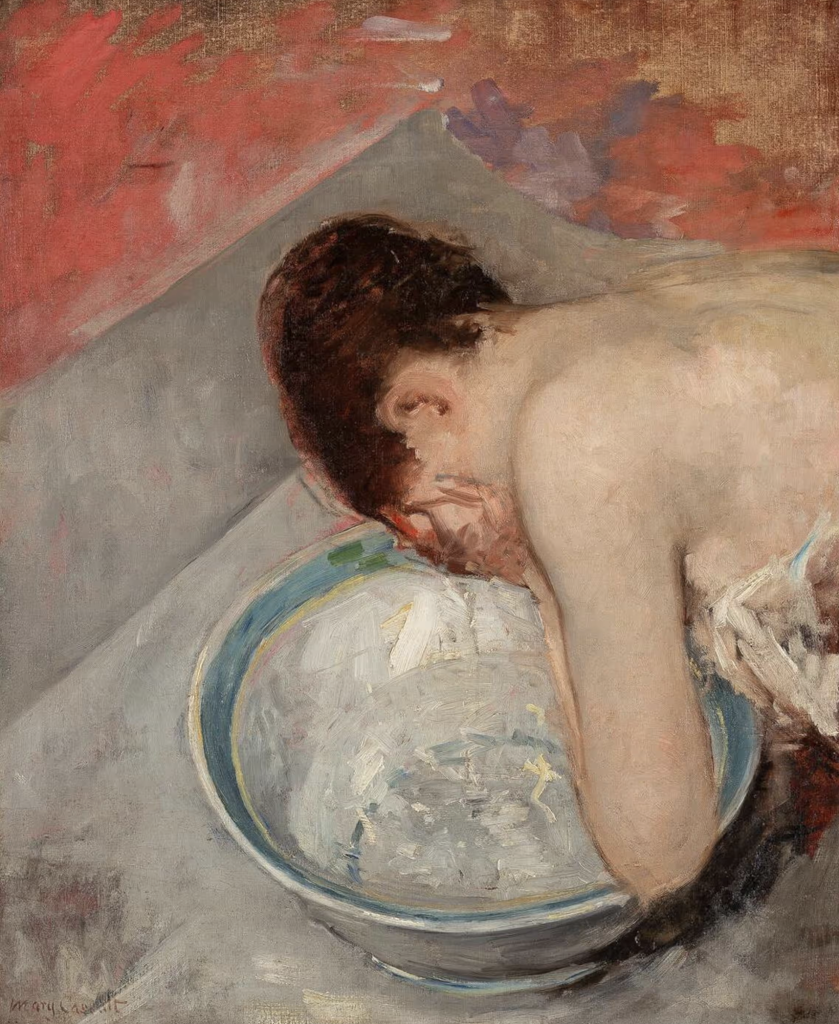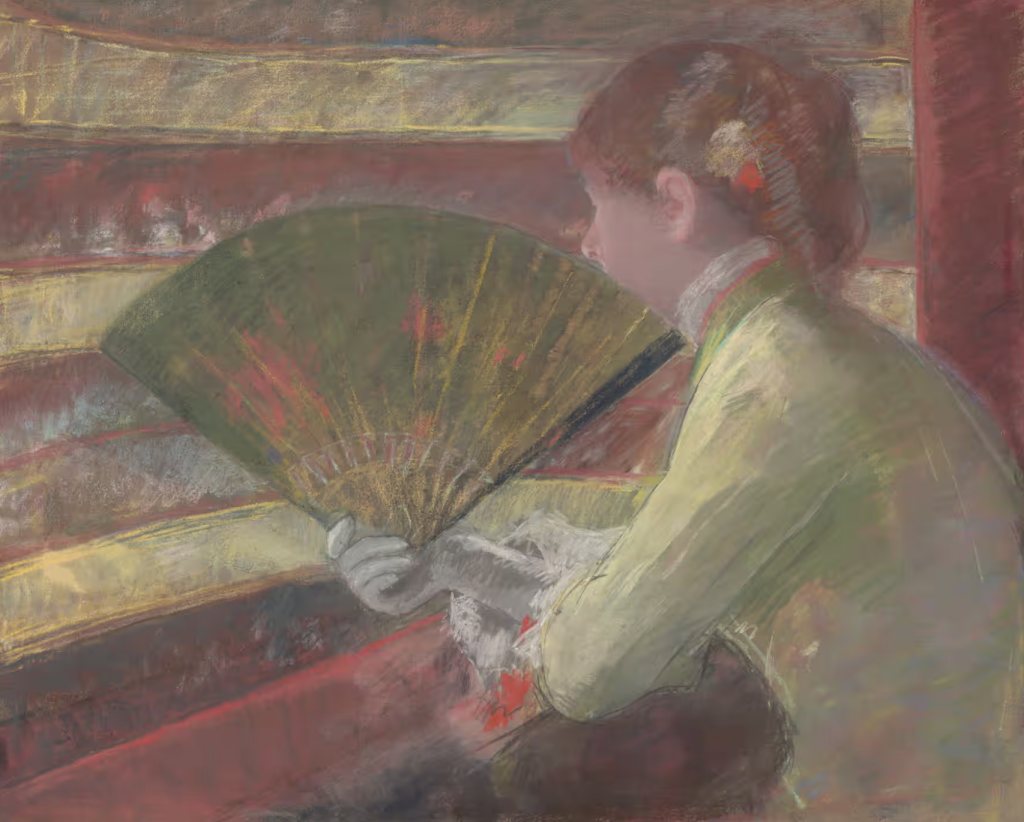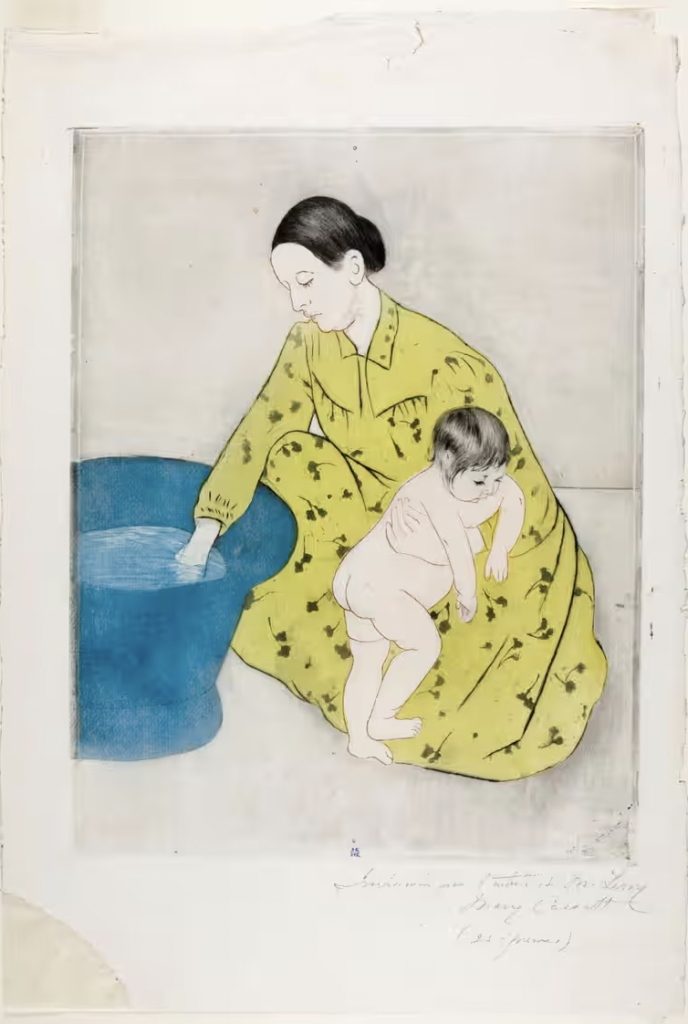Philadelphia Museum of Art
This exceptional exhibition celebrates a trailblazing impressionist – one of the original group – who took the labour of women in her time seriously

Mary Cassatt’s paintings of mothers and babies were relegated to the untouchable category of “sentiment” by 20th-century critics and art historians. They have now become better known to many people as Mother’s Day cards rather than fine art. But 19th-century critics commented on the very lack of sentiment in Cassatt’s work, noting its intensity and daring portrayal of intimacy. This complete volte face in critical consensus is characteristic of narratives about work by women. It reflects the way our current understanding of the history of art – particularly from impressionism onwards – is shaped by the strong opinions of a few vocal critics.
This year is the 150th anniversary of the first impressionist exhibition in 1874 and, while Cassatt did not join the group until 1877, the anniversary is relevant for her, too, as she was one of the regular exhibitors during the group’s eight years of organised existence. She was the only American in the group and was invited to join by Degas, who remained her lifelong friend. It’s a remarkable story on many levels – remarkable that a woman pursuing professional success would choose to join an avant garde group, and remarkable that her work was so striking as to garner her an invitation. But her legacy has not been fully embraced by either French impressionism or American modernism.

Cassatt at Work, an exhibition at the Philadelphia Museum of Art, seeks to change that, bringing Cassatt home to Philly for an overdue critical intervention. One of the curators, Laurel Garber, told me that she and her team didn’t set out to stage a traditional retrospective of Cassatt. Instead, their show has an argument that goes beyond biography: to take Cassatt seriously as a professional artist whose work ethic was exceptional. It parallels new critical interventions in historic art by women that situate women as professional artists, not hobbyists, including Now You See Us: Women Artists in Britain, 1520-1920, at Tate Britain in London.
Philadelphia’s exhibition is especially concerned with Cassatt’s ambitious explorations of different media. It begins with a painting, pastel and print, asking the viewer to look closely at Cassatt’s three main artistic methods. Drawing on three years of intensive research and conservation work on the museum’s own 84 works by Cassatt, 36 of which are featured, the painstaking, iterative processes of Cassatt’s practice begin to emerge.
Most of the sections are arranged according to subject matter, but one focuses entirely on her printmaking. Her famous Set of Ten are featured, but the real stars are a series of 12 that function as drafts for The Bath. Beginning with a monotone, unfinished line composition, each iteration gains detail, colour and dimension. While it was normal for printmakers to ink and press their plates while they were still working on them to see how they looked, it was much less common to keep all the drafts and even sign them. Cassatt’s choice to do so speaks to her pride in her own artistic labour, and her fascination with the process of printmaking. Seeing them all together, I could almost imagine myself alongside her in the studio, thinking through the next task.

Throughout the sections, the wall texts keep reminding us that most of the figures we’re looking at were paid models. It’s easy to assume that Cassatt was simply surrounded by women doing women’s work: caring for children, sewing, hosting, making themselves beautiful. And while that may have been the case, the curators take pains to communicate that she did not simply paint her life. She paid her subjects like the rest of the impressionists and chose them purposefully. The implication that, if she had not done so, her work would have been less modern, more amateur, is unspoken.
Yet she clearly respected what she depicted: like her attitude towards her own work as an artist, Cassatt took the labour of women seriously. The iterative nature of her own artistic practice echoes the repetitive, endless tasks of childrearing and domestic labour that she returned to again and again. The question of whether this sort of work is “modern” or “modernist” pervades the exhibition, as it has pervaded scholarship on art by women from the 19th and early 20th centuries since its inception.

Can the domestic be modern, or indeed can a woman be modern, when she is neither sex worker nor barmaid? The modernism of Manet, Degas, Toulouse-Lautrec, and the other artists who are readily compared to Cassatt would say no. “Modernity is the transient, the fleeting, the contingent,” said Baudelaire, who thought it best observed by a flâneur drifting in the liminal spaces in society between respectability and depravity.
In this context, it is even more radical to pursue an avant garde career via domestic, feminine subjects. Cassatt is neither the first nor the last artist to be left outside the boundaries of modernism because of her subject matter, in spite of her innovative style. Her work speaks for itself: it is exceptional. Her clear delight in it, both finished and in process, pervades the exhibition. In big letters on the wall of one gallery, her words are printed: “Oh how wild I am to get to work, my fingers fairly itch!”
Cassatt’s attitude transcends the cattiness of critics and historians in the century since her death. We are lucky to have her decisive vision of what it means to be an artist.
